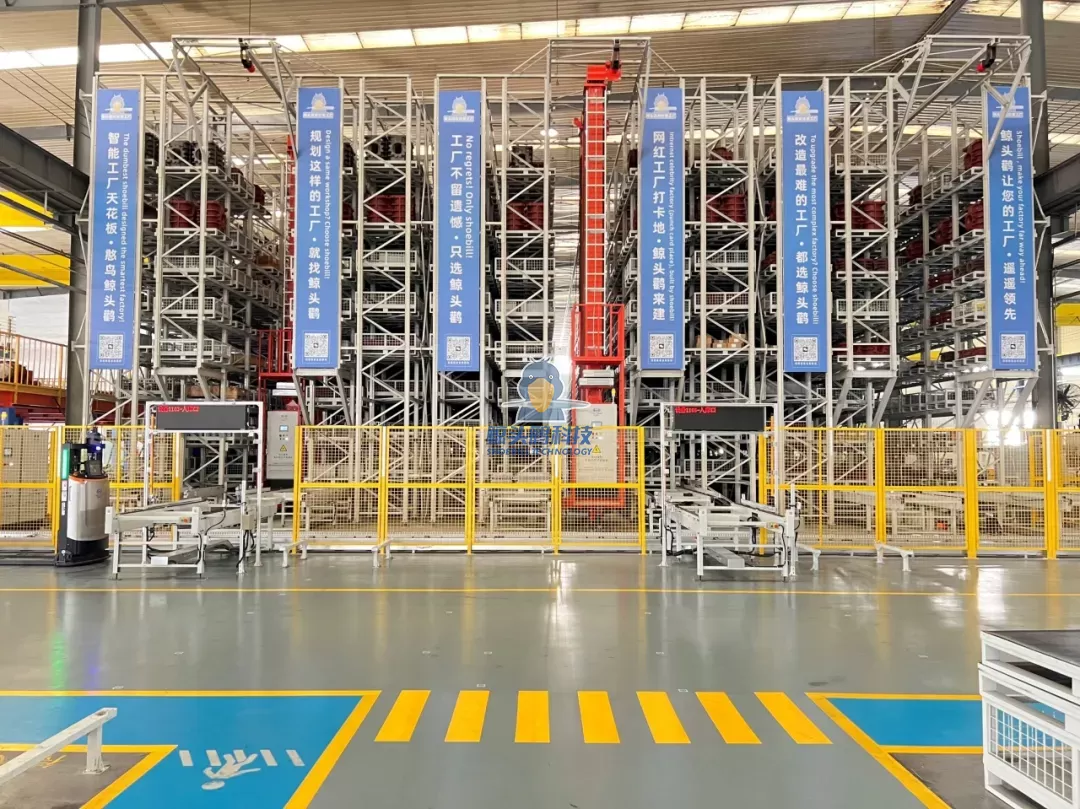Ergonomic vs. Executive Chairs: Choosing the Right Seating Solution for Your Workspace
In today's fast-paced work environment, the importance of a well-designed workspace cannot be overstated. One of the most critical components of any office setup is the chair. With a plethora of options available, two popular categories often come into play: ergonomic chairs and executive chairs. While both serve the fundamental purpose of providing seating, they cater to different needs and preferences. This article delves into the nuances of ergonomic versus executive chairs, helping you make an informed decision that enhances comfort, productivity, and overall well-being.
Understanding Ergonomic Chairs
Definition and Purpose
Ergonomic chairs are specifically designed to support the natural posture of the human body. Their primary goal is to reduce strain on the body during prolonged periods of sitting, thereby preventing musculoskeletal disorders and enhancing overall comfort. These chairs often feature adjustable components, allowing users to customize their seating experience according to their unique body dimensions and preferences.
Key Features
- Adjustability: Ergonomic chairs typically come with multiple adjustable features, including seat height, backrest angle, armrest height, and lumbar support. This customization is essential for accommodating different body types and ensuring proper alignment.
- Lumbar Support: A hallmark of ergonomic design, lumbar support is crucial for maintaining the natural curve of the spine. Many ergonomic chairs offer adjustable lumbar support to provide targeted relief to the lower back.
- Material and Breathability: Ergonomic chairs often utilize breathable fabrics and cushioning materials that promote airflow, reducing heat buildup and enhancing comfort during long hours of use.
- Mobility: Many ergonomic chairs are equipped with wheels and swivel bases, allowing for easy movement and accessibility within the workspace.
Exploring Executive Chairs
Definition and Purpose
Executive chairs, on the other hand, are designed with a focus on aesthetics and prestige. Often found in corporate offices and boardrooms, these chairs convey a sense of authority and professionalism. While they do provide comfort, their primary function is to enhance the visual appeal of an office environment.
Key Features
- Design and Aesthetics: Executive chairs are typically crafted from high-quality materials such as leather or premium fabrics, exuding a luxurious appearance. Their design often features a high backrest and a more imposing silhouette, making them suitable for leadership roles.
- Comfort: While not as adjustable as ergonomic chairs, many executive chairs offer a degree of comfort through plush cushioning and supportive structures. However, they may lack the extensive adjustability that ergonomic chairs provide.
- Durability: Executive chairs are often built to withstand the rigors of daily use in a professional setting. Their robust construction ensures longevity, making them a worthwhile investment for businesses.
- Status Symbol: In many corporate cultures, an executive chair serves as a status symbol, reflecting the occupant's position within the organization. This aspect can influence purchasing decisions, as companies often seek to project an image of success and professionalism.
Ergonomic vs. Executive: Which One is Right for You?
When deciding between ergonomic and executive chairs, consider the following factors:
- Purpose of Use: If your primary concern is comfort and health, especially if you spend long hours at your desk, an ergonomic chair is likely the better choice. Conversely, if you are looking to create a professional image and your work involves shorter periods of sitting, an executive chair may suffice.
- Budget: Ergonomic chairs can vary widely in price, with high-end models offering advanced features. Executive chairs also come in various price ranges, but premium options can be quite costly due to their materials and design.
- Workspace Aesthetics: Consider the overall design of your office. If you aim to create a cohesive and professional look, an executive chair may align better with your vision. However, many modern ergonomic chairs also boast sleek designs that can complement contemporary office aesthetics.
- Health Considerations: If you have pre-existing health issues or are prone to discomfort from prolonged sitting, investing in an ergonomic chair is crucial. The long-term benefits of proper support can outweigh the initial costs.
Conclusion
In the battle of ergonomic versus executive chairs, the choice ultimately hinges on your specific needs and preferences. Ergonomic chairs prioritize health and comfort, making them ideal for those who spend extended hours at their desks. Executive chairs, while offering a touch of luxury and professionalism, may not provide the same level of support. By carefully considering your work habits, budget, and aesthetic goals, you can select the chair that best enhances your productivity and well-being in the workplace. Remember, the right chair is not just an accessory; it is an investment in your health and professional image.

